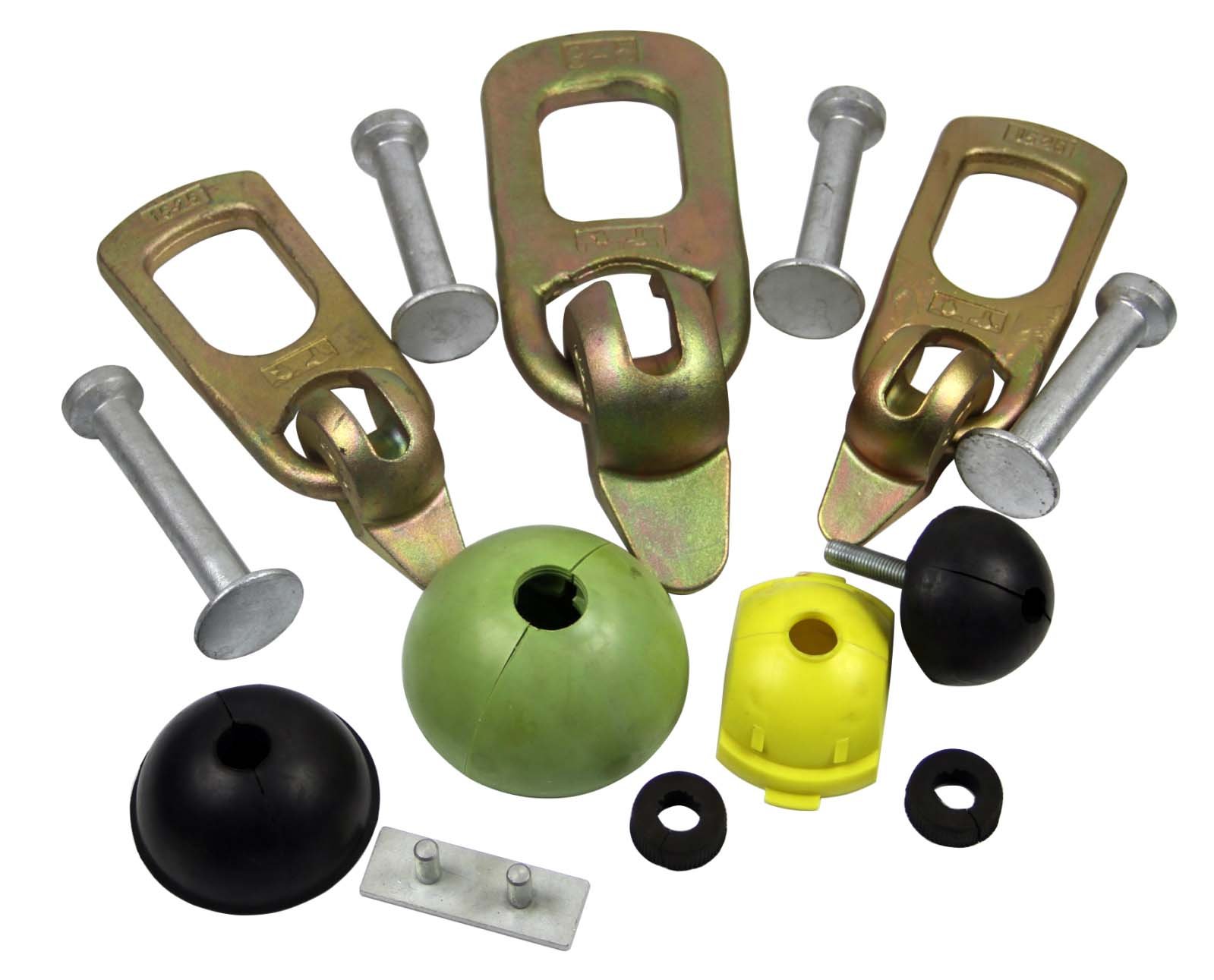An Introduction To Precast Accessories

Precast concrete accessories play an important role in the appearance and functionality of many different types of structures, including parking garages, bridges, buildings, and more. From planters to stair treads to railings, there are so many different precast accessories available that it's often hard to keep track of them all.
In this guide, we'll talk about some common precast accessories as well as discuss some of the potential benefits you might see from using them on your next project.
Halfen Channel Rail
A halfen channel rail is a type of precast accessory that is used in conjunction with precast concrete slabs. It is also called an L-channel and its sole purpose is to reinforce and stabilize components in a building or structure.
When used with preformed structural steel, it can allow for vertical or horizontal support in specific areas while providing stability, rigidity, and resistance against excessive bending moments. These accessories are often attached to concrete by using epoxy adhesives or mechanical fasteners such as bolts or screws.
Foot Ferrules
Foot ferrules are pieces of metal that attach precast slabs to other structures or loads. These foot ferrules are connected to lifting beams (which support and suspend load) by means of metal cables.
Foot ferrules make it easier for workers to assemble a load without having steel rods protruding into small spaces, while also providing a secure way of attaching slabs.
Cast in Loop
A cast in loop is a series of holes or grooves that are cut into a concrete slab at regular intervals. This can also be referred to as a lift-slab, which is how it got its name: It was designed to allow workers to more easily lift heavy slabs.
In addition, cast in loops make fixing easier, especially when installing handrails, posts, and security screens. They also make connecting new slabs with existing ones quicker and easier because they leave no need for plugs or fixings. No wonder why these accessories are so popular among contractors!
Coil Ties
Coil ties are steel cables that are used in conjunction with precast slabs. The cables are formed by bending a piece of steel bar into a U shape, then cutting off each leg at different lengths.
One leg of one coil tie is inserted into a channel on each end of a precast slab, while two legs of another coil tie are inserted into channels on opposite sides. As concrete is poured and sets around these coil ties, they become part of the structure, helping support it against wind and seismic forces.
Coil ties also provide stability during transportation and placement of precast slabs and help minimize cracks in cured concrete due to shrinkage and temperature changes as the material cures over time.
Rubber Former Recess
A rubber former recess is a space within a precast concrete member that can be used to store equipment or provide access for future maintenance and repair. Rubber former recesses are often used on precast elements that will be subject to hot water, cold water, cold air, chemicals, or high pressure.
They are also commonly found in roofing applications because they reduce the de-icing time for service roads. Companies also use these types of recesses as protection for fragile items such as transformers in substations.
When properly installed, rubber former recesses can help extend an element's life span by allowing engineers more access points throughout its lifespan than if it were solid all around.
Bolt Anchor
The function of a bolt anchor is to embed itself into concrete. It can then be used with nuts, bolts, and screws in order to hold together two precast concrete slabs.
The most common use for a bolt anchor is in installing precast slabs at job sites. To use a bolt anchor properly, it must be mounted firmly into firm, dry concrete so that it cannot move later on.
The amount of pressure and torque applied to a bolt anchor also depends on its type; there are different types of anchors depending on how they should be used and what material they will be anchored into.

